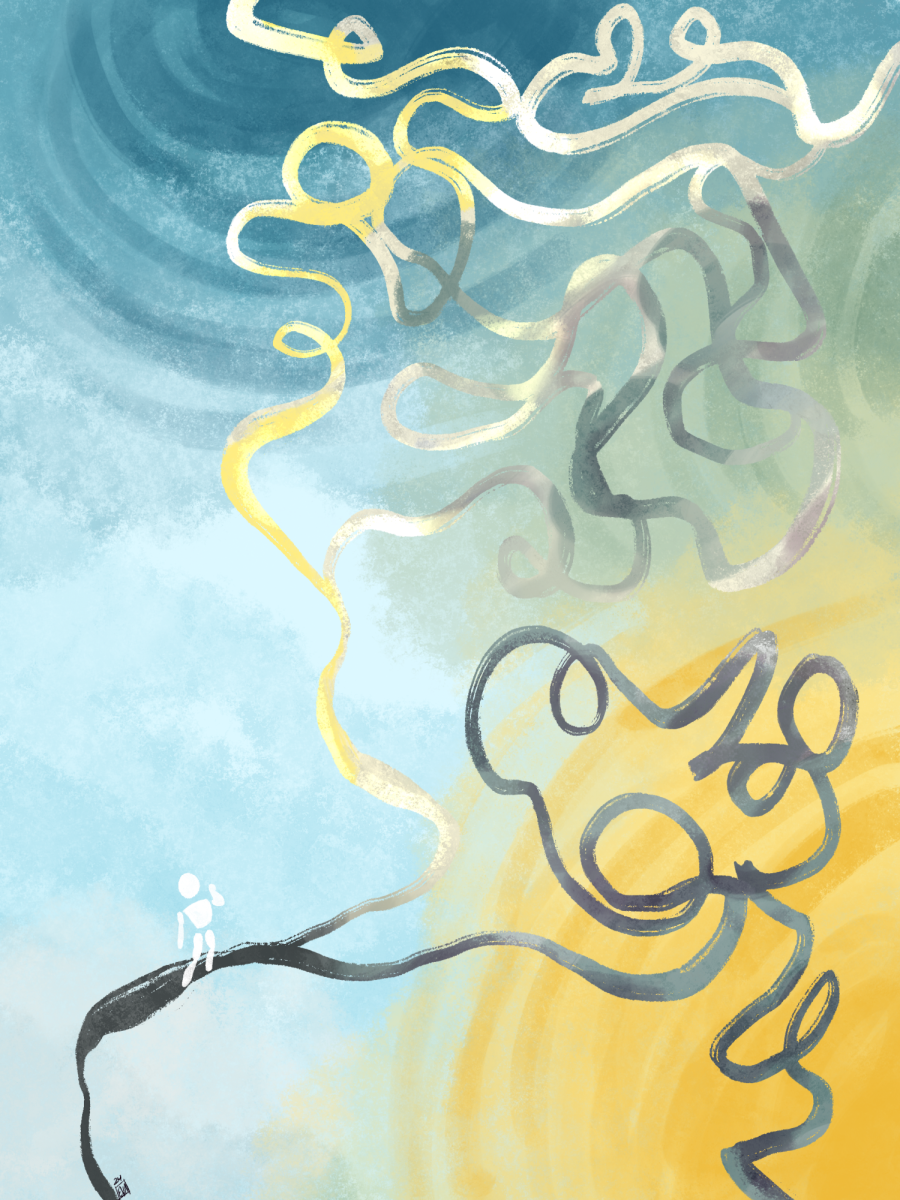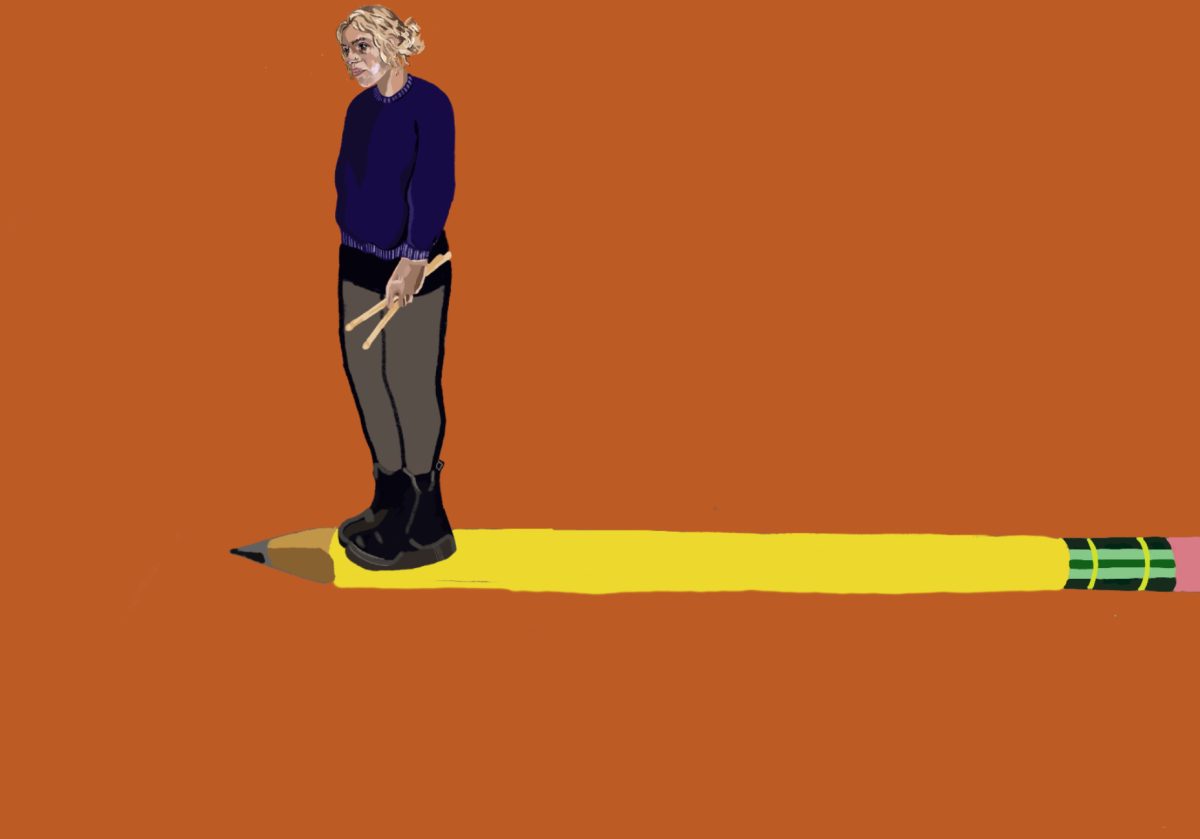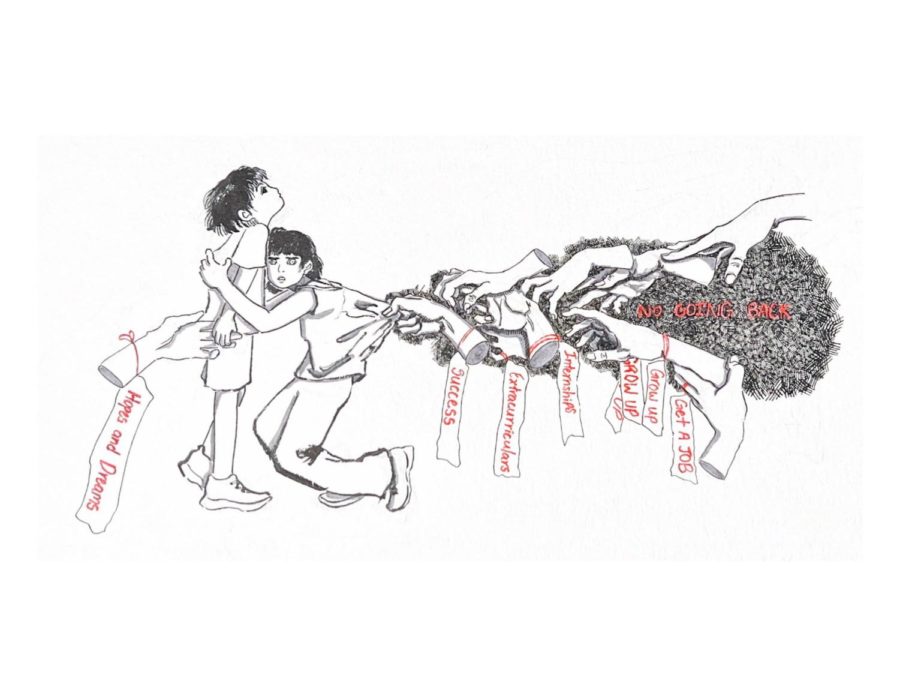Last week, Hillary Rodham Clinton officially announced her presidential bid. This should come as no surprise. You needn’t have avidly followed Politico or know someone in Hillaryland to have realized she’d be running—you could just tell by, well, her hair. The media is quite obsessed with Clinton’s coif, from her bangs to her scrunchies and headbands. The head covering even has its own topic page on the Huffington Post. Clinton playfully acknowledged the special spot her hair holds in U.S. history by teasing that she nearly called her memoir “The Scrunchie Chronicles: 112 Countries And It’s Still All About The Hair.” At the Yale commencement speech in 2001, then-Senator Clinton gave the students advice drawing from her experience. “The most important thing I have to say to you today is that hair matters,” she said. “Pay attention to your hair, because everyone else will.”
And pay attention she has. When Clinton ran for President in 2008, she opted for a power cut: short on the sides, but feathered on top. Then, as Secretary of State, Clinton grew her locks past her shoulders, defying age appropriateness and the norm for Washington’s seasoned female elite, such as presidential adviser Valerie Jarrett and Massachusetts senator Elizabeth Warren. Recall the image that has become the face of her email scandal: Hillary texting in sunglasses on a plane to Libya in 2011 with her long locks curled at the bottom.
In our cultural conscious, long hair denotes youth and sensuality, whereas shorter hair is fierce, serious, and refined. Short hair is often associated with lesbians who, perhaps not so coincidentally, outperform straight women as a recent study by the Center for American Progress discovered. It’s a social paradox to see elongated tresses, a sign of vivacity and sex appeal, not to mention the inevitable hair flips or aberrant strands that may result in an occasional demure playfulness, sported by an elegantly wrinkled woman on the cusp of 70.
But this length was a wise decision for her diplomatic meetings with foreign leaders. She wasn’t holding an executive position; her job was coaxing and improving foreign relations, a role in which a little femininity could go a long way. By 2014, her hair began creeping up again, signaling her political intentions which solidified in 2015 with a return to her short ’do,” almost as severe as that of 2008.
Clinton is smart enough to recognize that not just hair sends political messages— wearing a tangerine or fuchsia pantsuit could also turn heads. Those pantsuits reflect carefully crafted decisions. They are masculine and tough in form, yet fun, progressive, and feminine in color. Those are the color choices of someone who wants to stand out, and is happy to do so in a ladylike palette. As First Lady, she answered to tradition, obediently wearing boxy jackets and skirts of an unflattering length. But when vying for a traditionally male position, she’s adopted a pantsuit uniform with a kick. Her liberal wardrobe reflects her progressive agenda and stands in stark contrast to Republican counterparts like Michele Bachmann and Sarah Palin, who’ve always opted for more traditional and conservative skirt-and-jacket combinations in muted tones.
But Clinton and her wardrobe have undergone a volte-face. If the 2008 elections were the era of the badass yellow suits, this time around, Clinton is channeling grandma chic. In February, she issued a pro-vaccination tweet with “#GrandmothersKnowBest,” leading to a slew of “Grandma-in-Chief” articles highlighting a new theme for her election. Now Clinton is going small, trying to look more approachable and making it about voters—as exhibited by her debut campaign video featuring everyday Americans. “Unlike in her 2008 campaign, when she played down gender and sought to show she was tough enough to be president,” says the New York Times, this time “Mrs. Clinton plans to highlight that she is a grandmother and trumpet her chance to make history.” The home page of her campaign site prominently features her sitting in a simple turtleneck and baggy jacket, having coffee in what appears to be a retirement home. Peter Beinart notes how “emphasizing grand-motherhood may be authentic for Hillary in another way too. In the popular imagination, grandmothers are both caring and conservative.” And her clothing today looks like it came from your Bubby’s closet. We have yet to see a bright pantsuit in the past year and we likely will not. The Hillary of 2015 is sporting less structured masculine suits and more collarless jackets in calmer colors and tweeds. Even her hair is less severe—it’s still short, but a bit softer, longer, and less boyish than 2008.
Perhaps Clinton’s turn towards more womanly wear, as opposed to her earlier aversion to it, is actually in step with feminist progress—but arguably not enough. It seems that to be taken seriously as a woman in politics, you either have to dress like a man or like an old grandmother—traditional “femininity” is off the table. We have yet to see strong female politicians in full-out “womanly” attire, hair and all. Femininity should be taken just as seriously as masculinity; the second sex is not inherently a weaker one.
Recently, Michelle Obama went on an Asian tour to promote female education while donning distinctly “girly” clothing—big skirts, cinched waists, and bright prints. “Shouldn’t she have worn a sharp-shouldered suit to talk about achievement?” asks Vanessa Friedman in the New York Times. Friedman argues that Mrs. Obama flouted “the Merkelization of female political dress which has seen women like Ms. Merkel, the German chancellor, and Hillary Rodham Clinton adopt what is effectively the male uniform in softer, brighter colors to remove the topic from the conversation.” Mrs. Obama instead wore girly clothing insinuating that girls can dress like her and still get a PhD or a law degree. But Friedman doesn’t mention politics, and Michelle is distinct from Merkel and Clinton—she is the First Lady, a traditionally female role—she’s not the head of state.
It’s about time we reclaim Prada from the devil. We need serious female figures and, more importantly, female policy makers who needn’t wear traditionally male clothing in order to be taken seriously in traditionally male roles. Only by continuing to wear pink and Prada with pride can sartorial stereotypes be dismantled. Taking charge shouldn’t be about wearing the pants in the relationship—a woman can call the shots even in a full, floral, and fabulous skirt.
Eliora Katz is a second-year in the College studying philosophy.








